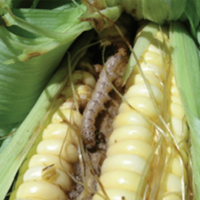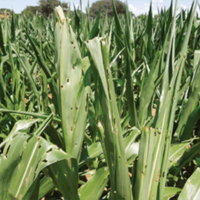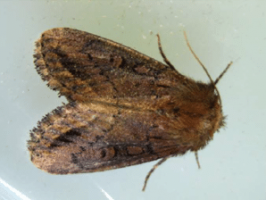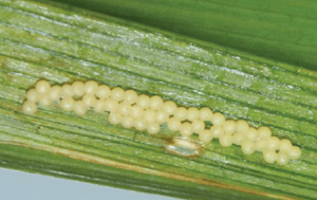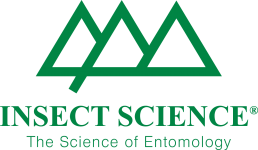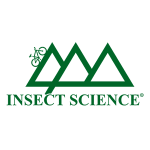Management
Chemical control by means of insecticidal sprays is effective against stem borer larvae when they are still in the whorls of plants. An action threshold value of the 10% damaged plants per fields is used as guideline in determining when insecticides should be applies. Only when this infestation level is reached, are insecticide applications warranted. Since borer larvae spend at least 10-14 days inside the whorls of plants, they are relatively easily reached by insecticides. Whorl application is therefore the most effective method of control when insecticides are used. If the action threshold principle is not applies due to fields being too large or scouting constraints, applications can be done on the basis of the plant growth stages. The broad principles that apply when mixed stem borer populations are present are as follows: in the case of the early plantings, insecticide application should be planned to coincide with late plant growth stages of the crop; in late planting, an early insecticide application will be needed, with the possibility of a follow-up application during the flag leaf stage.

